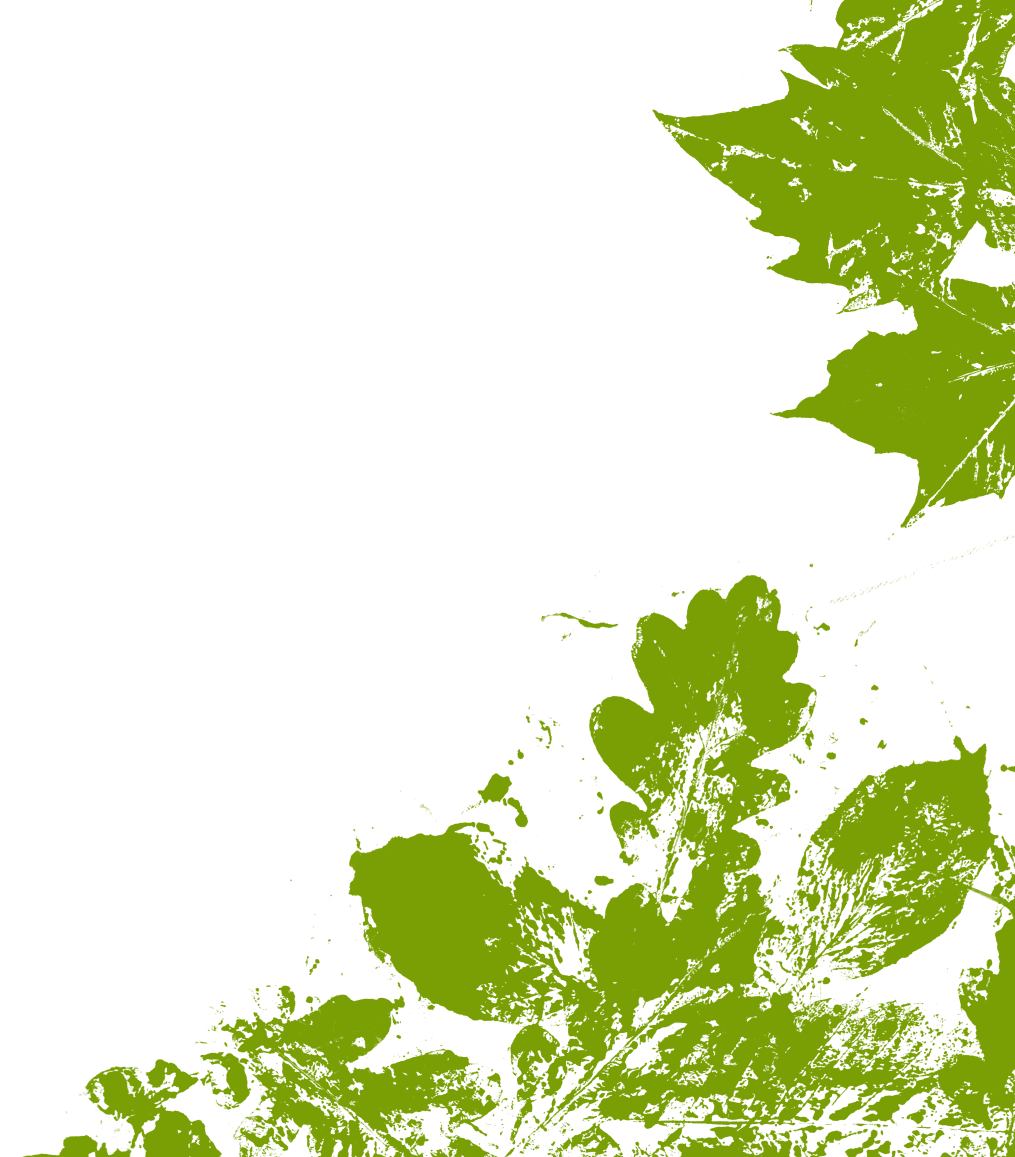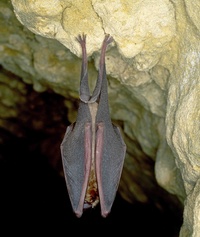Finch, D. et al. (2020). Modelling the functional connectivity of landscapes for greater horseshoe bats Rhinolophus ferrumequinum at a local scale



The greater horseshoe bat is a rare species that declined greatly in number and range since the beginning of the 20th century. Today, however, it is increasing faster than any other British bat species being monitored, but numbers are probably no more than 13,000 animals and, as a result, it remains one of our rarest bats. In Britain, its core range is southwest England and south and west Wales, although small numbers of animals are found in mid and north Wales, the West Midlands and West Sussex. Unlike the lesser horseshoe bat, the greater horseshoe bat is absent from Ireland.

Horseshoe bats, with their peculiarly shaped nose-leaves, have faces that differ from other bats in Britain and Ireland. They also, unlike our other bats, wrap their wings around their body while asleep and usually hang free by their feet. Furthermore, they have a distinctive method of echolocation using very high frequency sounds emitted through the nose.
One of our largest bats, the greater horseshoe bat is the size of a small pear. It has a characteristically fleshy nose that is shaped like a horseshoe. Its fur is reddish brown to grey. They hang in their roost often with their wings wrapped around their body.

Historically, greater horseshoe bats roosted throughout the year in caves — and underground sites remain important as roosts for these bats, especially during the winter. During the summer, a few greater horseshoe bat maternity colonies roost underground, though nowadays the majority use buildings.
Greater horseshoe bats are very selective in the type of buildings they use, preferring old stone-walled buildings with slate roofs. In order for such buildings to be suitable as roosts, they usually need to be undisturbed and uninhabited by people. Examples of summer roosts occupied by this species are coach houses, stable blocks and other outbuildings. The bats generally roost in warm roof spaces, although some colonies are found in heated cellars. The colonies are very visible because, unlike many British species, horseshoe bats do not hide in cracks or crevices but hang free from ceilings, rafters or ridge beams. Unlike our other bats, horseshoe bats have difficulty crawling into their roosting spaces; instead they prefer to fly through large apertures such as open doorways or windows. This requirement limits the number of suitable roosting sites for this species.
During winter, greater horseshoe bats hibernate, often clustering together, in underground sites such as caves, disused mines, ice houses or unheated cellars. They may also use unheated buildings during periods of mild weather. The temperature in these sites tends to be higher (often reaching 11°C) than in sites preferred by other bats hibernating underground. Hibernation sites are usually close to summer roosts, but greater horseshoes are known to travel regularly up to 50km to their winter sites. Occasionally, males in winter are found more than 100km from known summer sites.

In spring, greater horseshoe bats feed over cattle-grazed pasture and in ancient semi-natural woodland. During the summer, they forage over hay meadows and silage fields. Greater horseshoe bats feed mainly on moths and larger beetles, including dung beetles, cockchafers and ground beetles.
These feeding areas are usually within 4km of roosts. In areas where suitable habitat is in short supply, however, bats will commute up to 12km a night. They hunt their prey by flying low and even picking insects off the ground. Sometimes bats hang from tree branches and use their sonar to scan for passing insects to pursue and bring back to consume at the perch. Some of their larger prey is carried back to a night roost. These are temporary shelters used by the bats to rest, groom and dismember their prey between bouts of foraging. The presence of beetle wing-cases and a small pile of large bat droppings in an open barn or cave entrance is an indication that greater horseshoes are feeding in the area.
Greater horseshoe bats mature later than our other bat species. The males are not sexually mature until their second or third year, and females not until their third year. Males occupy traditional mating roosts in the autumn and may mate with the same group of females over many years. They mate in autumn and early winter and females store the sperm over winter and fertilise their egg around April. Females give birth to a single pup born in late June to the end of July. Females become sexually active at around three years of age. Ringing studies have shown that greater horseshoe bats can love up to thirty years old.
During summer, males are usually solitary. Although they may roost in the same building as the females, they are typically found in separate cooler areas. Towards the end of April, females congregate to form maternity colonies, clustering together in cooler weather to maintain a high body temperature. Births usually occur from late June through to the end of July. At night, the young are left in a cluster in the roost when their mothers fly out to feed. The young start flying around three weeks of age and start to explore outside of the roost around one month after birth. They are fully weaned at about seven weeks, after which the females may disperse from the roost leaving the juveniles to occupy the site until October when they move to hibernation sites. Because pregnancy and lactation are energetically very demanding, the females may not breed every year. This means that reproduction in this species may be very slow and this delays a population’s recovery from catastrophes of a natural or human origin.
Most bat species face the same sorts of threats — primarily habitat loss and use of pesticides. Greater horseshoe bats also avoid areas of artificial lighting and noise.
Habitat loss includes drainage of wetlands, woodland clearance, intensification of agriculture, including the increased use of pesticides, resulting in the loss of roosting sites and reductions in the abundance and diversity of their insect prey. Bats’ colonial habits and their reliance on buildings for roosting also make them vulnerable to building repair work, re-roofing and the use of toxic timber treatment chemicals.
In Britain and Ireland, all bats and their roosts are fully protected by law. It is an offence to disturb or kill bats and to destroy or alter their roosts in any way without first consulting the appropriate statutory body.

Active
Programmes
This Species Recovery Programme is working to improve roosts and landscape connectivity for greater horseshoe bats.

Vincent Wildlife Trust (VWT) has sought to conserve horseshoe bats through:




